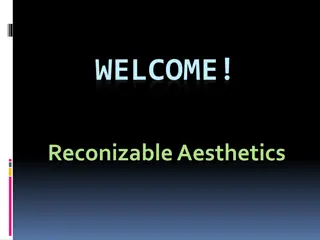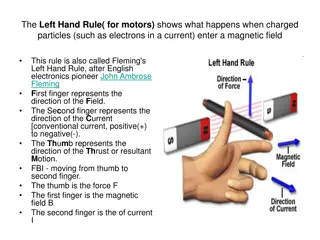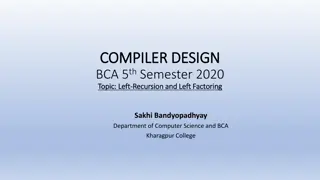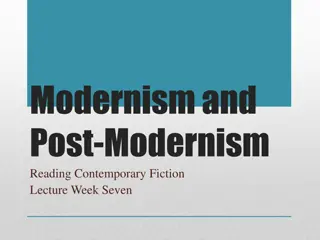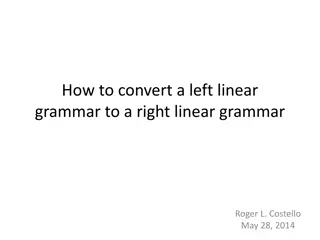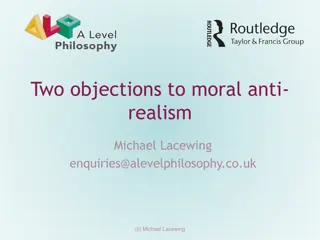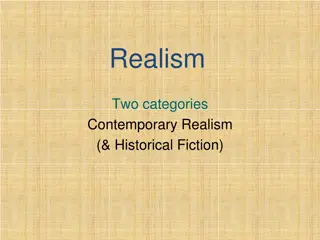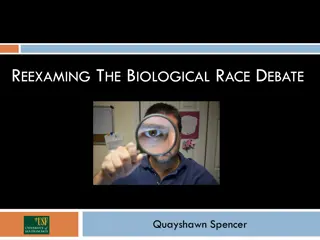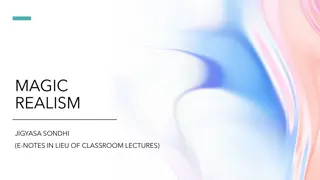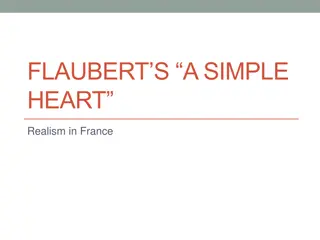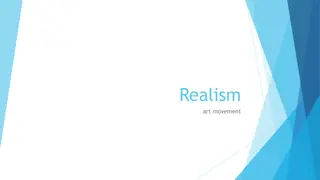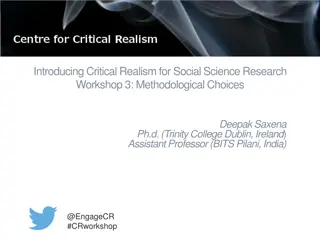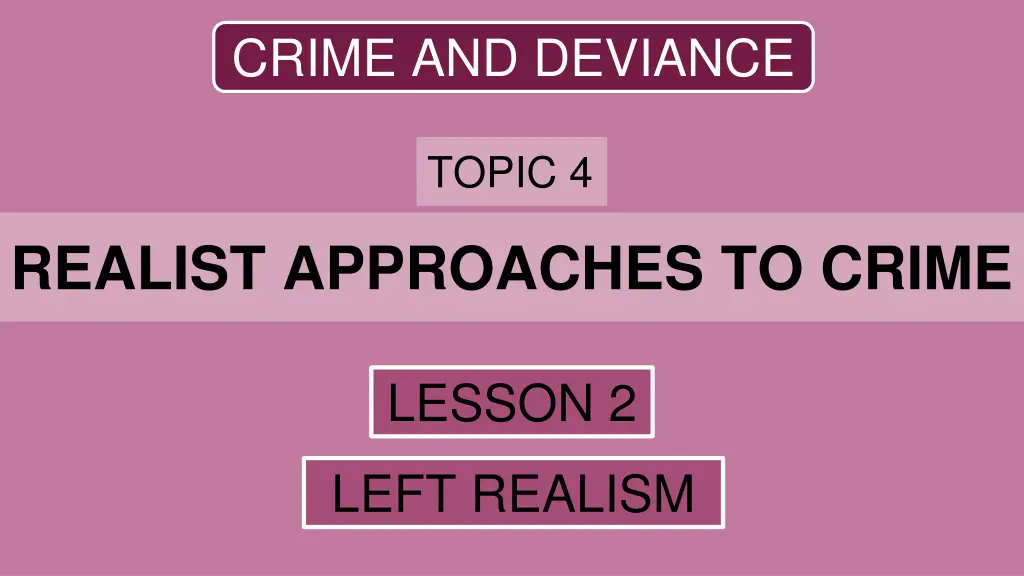
Understanding Left Realist Approaches to Crime and Deviance
Explore the left realist approach to crime and deviance, focusing on concepts like relative deprivation, subcultures, and marginalization. Learn why people commit crimes according to left realism and how to tackle crime effectively. Evaluate different perspectives and theories in addressing criminal behavior.
Download Presentation

Please find below an Image/Link to download the presentation.
The content on the website is provided AS IS for your information and personal use only. It may not be sold, licensed, or shared on other websites without obtaining consent from the author. If you encounter any issues during the download, it is possible that the publisher has removed the file from their server.
You are allowed to download the files provided on this website for personal or commercial use, subject to the condition that they are used lawfully. All files are the property of their respective owners.
The content on the website is provided AS IS for your information and personal use only. It may not be sold, licensed, or shared on other websites without obtaining consent from the author.
E N D
Presentation Transcript
CRIME AND DEVIANCE TOPIC 4 REALIST APPROACHES TO CRIME LESSON 2 LEFT REALISM
REALIST APPROACHES TO CRIME WALT: Understand the left realist approach to crime and deviance.
STARTER Think back to our last lesson on right realism. Match the key theory and the theorist name(s) to each picture. ?
LEFT REALISM WHY DO PEOPLE COMMIT CRIMES?
LEFT REALISM RELATIVE DEPRIVATION LEA & YOUNG Relative deprivation leads to crime because people who are deprived resent others having more material goods than them, thus resorting to illegitimate means. AO2: what crimes does this explain?
LEFT REALISM SUBCULTURES Subcultures form as a collective solution to relative deprivation, and some may turn to crime in order to close the deprivation gap .
LEFT REALISM MARGINALISATION Marginalised groups lack clear goals and organisations to represent them, which leads to frustration and resentment. In turn, they express this frustration through criminal acts such as violence and rioting.
EVALUATION On whiteboards, think of at least one evaluation point for each perspective: RELATIVE DEPRIVATION SUBCULTURES MARGINALISATION
EVALUATION RELATIVE DEPRIVATION SUBCULTURES MARGINALISATION People who are not part of subcultures turn to crime. No explanation for why crime is the outlet of their frustration as opposed to other behaviours (e.g. deviance). Many people who are materially deprived are law-abiding. Not all subcultures are criminal. Many wealthy turn to crime (e.g. white collar crime).
LEFT REALISM HOW TO TACKLE CRIME...
POLICING & CONTROL Policing must be made accountable to local communities, and need to improve their relationship with such communities by spending more time investigating crime, and involving the community in making policing policy.
TACKLING STRUCTURAL CAUSES Tackle the structural cause of poverty by reducing inequality of opportunity and discrimination, and providing jobs for everyone.
THE AOS GRID In an exam, you may be asked about the left realist perspective on why people commit crime or how to tackle crime in a 10 and/or 30 mark question. Choose either WHY or HOW and... Fill out the following grid with AO1 knowledge (Eg. key words or theorists), AO2 knowledge (Eg. a supporting example), and AO3 knowledge (Eg. evaluate the perspectives). AO1 AO2 AO3
10 MARK QUESTIONS Read the first paragraph from a 10 mark question on left realism and determine whether it would be a high or low scoring answer. Remember: in the crime and deviance unit, you will only ever be asked analyse and explain 10 mark questions. Left realists argue that crime is caused by relative deprivation. This means that people commit crime because they feel jealous and frustrated because they cannot afford luxury things such as a TV, so they steal it from other people. Therefore, left realists explain crimes such as theft.
10 MARK QUESTIONS Read the first paragraph from a 10 mark question on right realism and determine whether it would be a high or low scoring answer. Remember: in the crime and deviance unit, you will only ever be asked analyse and explain 10 mark questions. One explanation for crime outlined by right realists is that is it caused by biological factors. This relates to the study carried out by Herrnstein and Wilson, who believe that it is certain biological factors that make individuals more predisposed to crime than others. For instance, low intelligence rates may signify a criminal being - this may explain why low-performing ethnic groups such as black caribbean people are also high in crime statistics. However, left realists may criticise this argument in suggesting that it is deterministic to assume that some groups are more predisposed to crime because of their biology, and therefore it ignores social and structural causes of crime such as poverty. Additionally, if biological factors such as low intelligence signified a criminal, then this does not explain why Asians are high in crime statistics but are also high achievers in education.
Your turn! Choose one of the following questions and write an answer including AO1, AO2 and AO3. Refer back to your AO S grid for help. Using material from Item A, Analyse and explain two reasons why people commit crime outlined by right realists. [10 marks] Assume the two hooks from the item are in people s nature and people being poorly socialised . Using material from Item B, Analyse and explain two reasons why people commit crime outlined by left realists. [10 marks] Assume the two hooks from the item are people not having the material goods that others do and people being isolated from society .




